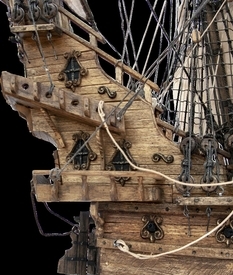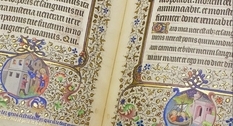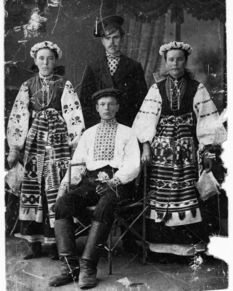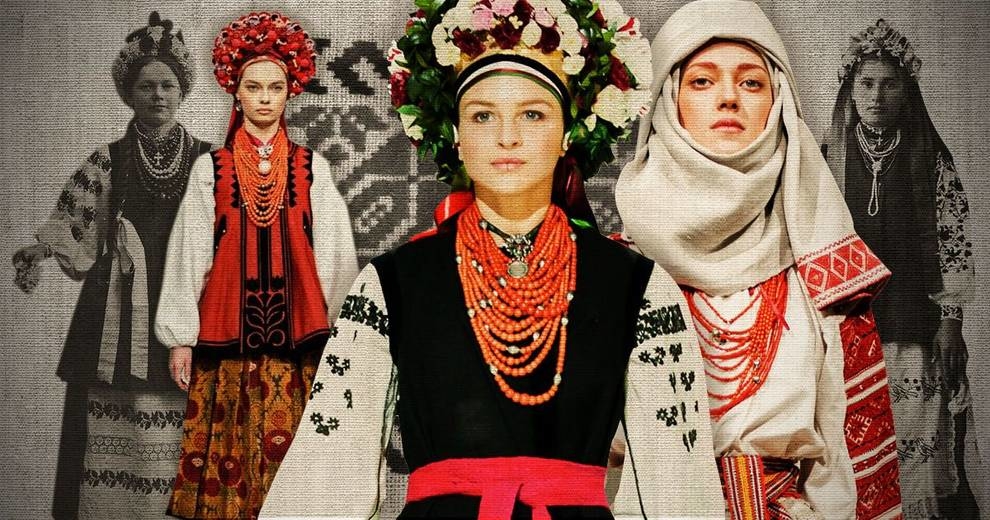
From the history of embroidery
Vyshivanka is an important element of the Ukrainian national costume, which has a long history. Ensure this by reading the article and visiting the new section Auction Violity "Shirts, shirts, embroidery".
Materials of archaeological research, evidence of travelers and chronicles indicate that embroidery as an art form in Ukraine has existed since the Eneolithic times. The silver plaques with figures of men found in Cherkasy, dated to the 6th century, show the similarity of their clothes and embroidery of the Ukrainian folk costume of the Middle Ages and the new time.
During the times of the Cossacks, some vishivankas were embroidered with silk with the addition of gold and silver threads. Such shirts were worn not only by Cossacks, but also by townspeople, merchants. As a rule, they reproduced plant forms of ornament. Silk embroidery, silver and gold thread was also characteristic of princely times.
In the period between the XIX and XX centuries, the embroidered shirt began to “tear off” from the traditional costume. She begins to be worn in combination with European clothing. Ivan Franko was considered the legislator of wearing embroidery under his jacket, who “was different from the public in his suit - an embroidered shirt among lush collars and ties”.
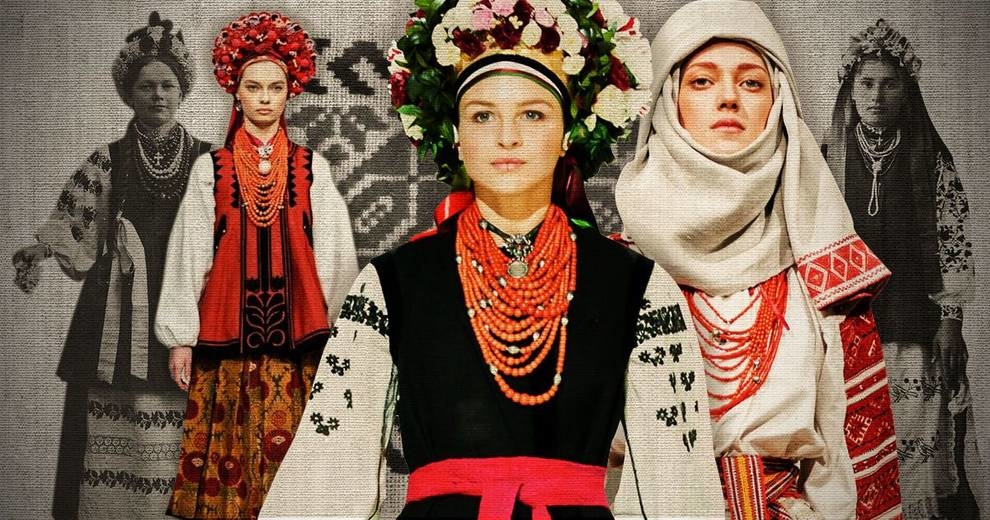
The first surge in embroidery fashion in the Soviet republics came in the 1920s and 1930s. They were used as festive attire, both by the party leaders of the Ukrainian SSR and by ordinary citizens. It is believed that she "podhlepnula" fashion and the shirt as casual clothes in the RSFSR, held out until the beginning of the Second World War.
In the post-war years, Ukrkhudozhpromsoyuz developed three types of shirts for mass production based on the popular Ukrainian men's shirt: “ukrainian” (with a turn-down collar, single-color embroidery or in a harmonious combination of two or three shades of the same color), “hutsul” (with a multicolored geometric pattern with the advantage of red) and "chumachka" (with embroidered sinus and low-collar-resistant).
The second surge in the popularity of folk shirts with embroidery came in the 1950s and 1960s. As a rule, he is associated with the stay in power of Nikita Sergeevich Khrushchev. He loved Ukrainian embroidery and very often wore them.
With his departure from his post, some historians associate the decline in popularity with the wearing of embroidered shirts, which lasted until the era of the revival of Ukrainian independence. During the period of Soviet stagnation, it turned into a resolutely dissident and patriotic Ukrainian clothes or just an element of the national stage costume.
Approaching the revival of the independence of Ukraine began to protest and national embroidery. Both male and female variations have become an unchanged attribute of rallies, solemn and youth events.
Materials of archaeological research, evidence of travelers and chronicles indicate that embroidery as an art form in Ukraine has existed since the Eneolithic times. The silver plaques with figures of men found in Cherkasy, dated to the 6th century, show the similarity of their clothes and embroidery of the Ukrainian folk costume of the Middle Ages and the new time.
During the times of the Cossacks, some vishivankas were embroidered with silk with the addition of gold and silver threads. Such shirts were worn not only by Cossacks, but also by townspeople, merchants. As a rule, they reproduced plant forms of ornament. Silk embroidery, silver and gold thread was also characteristic of princely times.
In the period between the XIX and XX centuries, the embroidered shirt began to “tear off” from the traditional costume. She begins to be worn in combination with European clothing. Ivan Franko was considered the legislator of wearing embroidery under his jacket, who “was different from the public in his suit - an embroidered shirt among lush collars and ties”.

Photo © uk.wikipedia.org
The first surge in embroidery fashion in the Soviet republics came in the 1920s and 1930s. They were used as festive attire, both by the party leaders of the Ukrainian SSR and by ordinary citizens. It is believed that she "podhlepnula" fashion and the shirt as casual clothes in the RSFSR, held out until the beginning of the Second World War.
In the post-war years, Ukrkhudozhpromsoyuz developed three types of shirts for mass production based on the popular Ukrainian men's shirt: “ukrainian” (with a turn-down collar, single-color embroidery or in a harmonious combination of two or three shades of the same color), “hutsul” (with a multicolored geometric pattern with the advantage of red) and "chumachka" (with embroidered sinus and low-collar-resistant).
The second surge in the popularity of folk shirts with embroidery came in the 1950s and 1960s. As a rule, he is associated with the stay in power of Nikita Sergeevich Khrushchev. He loved Ukrainian embroidery and very often wore them.
With his departure from his post, some historians associate the decline in popularity with the wearing of embroidered shirts, which lasted until the era of the revival of Ukrainian independence. During the period of Soviet stagnation, it turned into a resolutely dissident and patriotic Ukrainian clothes or just an element of the national stage costume.
Approaching the revival of the independence of Ukraine began to protest and national embroidery. Both male and female variations have become an unchanged attribute of rallies, solemn and youth events.
